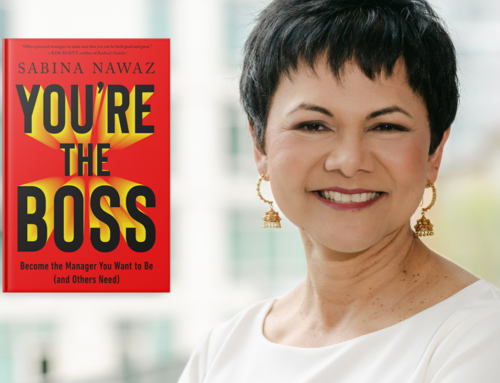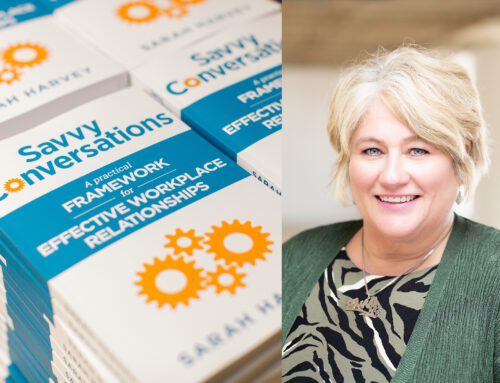
Twenty-first century communication has changed how we connect to the world in three essential ways: connectivity, authenticity, and style. The first way is obvious to any sentient being within reach of the digital world. As Nicco Mele notes in his brilliant book about the darker implications of the digital revolution, The End of Big, “Radical connectivity – our breathtaking ability to send vast amounts of data instantly, constantly, and globally – has all but transformed politics, business, and culture, bringing about the upheaval of traditional, ‘big’ institutions and the empowerment of upstarts and renegades.”
I like Mele’s phrase, “radical connectivity,” because it gets at what’s truly different in ways that words like “the Internet” and “Social Media” do not. They are the media; radical connectivity is the result. By putting us all within one or two removes from one another, the digital era has radically flattened hierarchies of communication everywhere, and completely reshaped the old power relationship between the rulers and the masses. Now, a single furious customer can bring down a restaurant, a single, impassioned person can ignite support for a cause, and a single disgruntled citizen can start a movement and bring down a government.
This shift has two implications for communications. First, it necessarily increases the volume and dumbs down the sophistication of the information flow. That’s the bad news: there’s more to wade through now and a lot of it isn’t pretty. Second, anyone’s voice can get heard, and perhaps even get the hearing it deserves. That’s the good news. You’re competing with dancing nerds, phony news, and cute cats, but if you persist, your story will most likely be heard.
That’s the first lesson about how communications has changed: in a radically connected world, you’ve got to be persistent, and it helps to be smart. I’ll cover the other two lessons in subsequent posts.








Leave A Comment